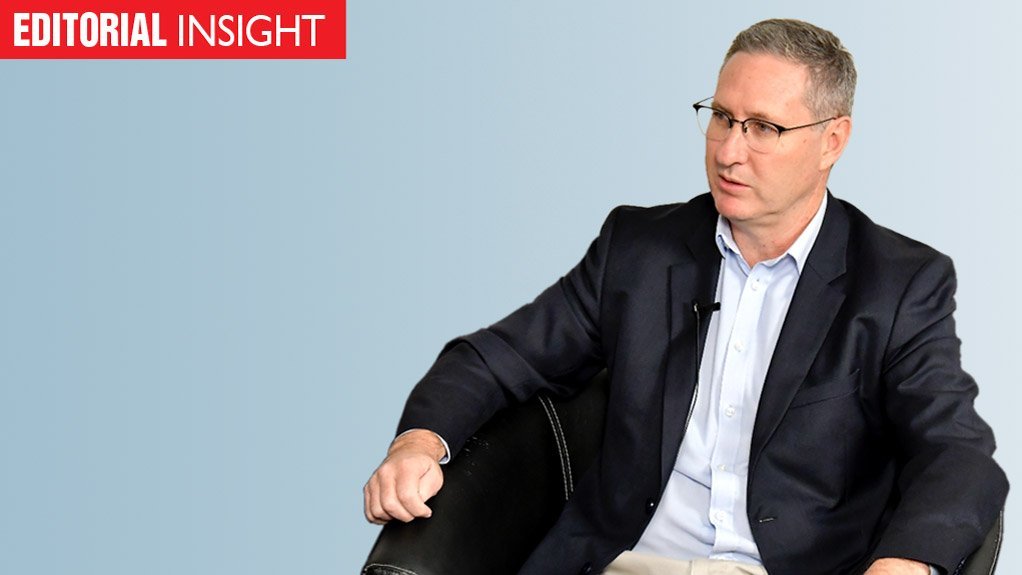It is estimated that about 2.5 GW of rooftop solar was installed across South Africa last year; a trend that was expected to continue at the start of this year given that some 5 GW of solar panels were imported in 2023.
It is not yet clear what impact the recent easing of loadshedding and the ending of tax incentives will have on the pace at which households and businesses add rooftop systems. Some anticipate a tapering, while others believe rising Eskom and municipal tariffs, which increased by about 13% for direct Eskom customers on April 1, will offer an ongoing incentive even if supply stabilises; a scenario that remains far from certain.
In addition, South Africa’s formidable resources offer a natural incentive, with sunshine on most days of the year in most parts of the country, and only a marginal seasonal drop-off. While days are shorter during the South African winter, the sunshine is even more consistent in many parts of the country, particularly in the summer rainfall regions.
Therefore, both Eskom and municipal distributors should prepare for an ongoing rise in deployments over the coming decades to the point where rooftop generation is a significant part of the supply mix. This will require a change in attitude towards the solution, which is still being treated largely as a threat to both the system and to revenues.
Such a defensive stance is not helpful in ensuring honest conversations about the challenges posed by rooftop solar – such as the much-debated ‘duck curve’, the loss of system inertia and the impact of periods of negative pricing – and how these can be mitigated. Neither is it aligned to the potential benefits that these distributed energy resources could offer to consumers and system operators alike if the risks are managed.
To navigate this transition, South Africa would do well to study what system operators in countries with high rooftop solar penetration rates are doing to adjust. Some of these lessons were shared during a recent webinar hosted by EE Business Intelligence, where Australian electricity experts outlined the approach being taken in a country that has some of the highest renewable penetration rates globally (71% in South Australia and 36% in Victoria) and where the proportion of rooftop solar within that renewables mix is the highest in the world.
Australia has also set a highly ambitious 82% clean-energy production target for 2030, which will require record levels of investment. This, in a context where, in some states, rooftop solar has driven prices to zero or below between 10:00 and 15:00 daily, and where the opposition to new grid infrastructure is significant and the arbitrage profit margin for charging and discharging batteries is not yet big enough to stimulate the storage investment needed.
Instead of shrinking from the challenge, however, these system operators are actively seeking demand and supply solutions – ones that could make it far easier for an attentive late mover with similar solar resources.
Edited by: Terence Creamer
Creamer Media Editor
EMAIL THIS ARTICLE SAVE THIS ARTICLE
ARTICLE ENQUIRY
To subscribe email subscriptions@creamermedia.co.za or click here
To advertise email advertising@creamermedia.co.za or click here













